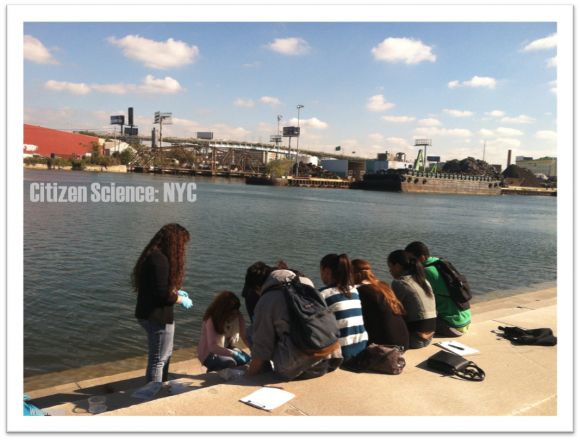Tuesday, September 3rd, 2013...3:50 pm
Citizen Science, Stormwater Style
Citizen science, sometimes called crowd-sourced science, is when researchers engage with the local community, or even the global community to help gather data and solve problems. Scientific American has a page dedicated to the phenomena, and there seems to be no limit to what citizen scientists can do. Projects range from the search for life on other planets, to the mapping of roadkill here on Earth.
Stormwater scientists have caught on:
Many communities (example, example, example) are utilizing citizen scientists to help mark storm drains and collect useful qualitative data about the condition of the drains. Other communities lean on the help of citizen scientists to help monitor local water quality (example, example, example).
The information collected by citizen scientists can be used in a variety of ways. One group in Pennsylvania is using their data to help build maps detailing how water quality changes during wet and dry conditions, which they will then use to improve their local stormwater models. The Charles River Watershed Association even created a App to help students and watershed volunteers quickly upload all of the great data they are collecting.
Citizen Scientists are doing a lot here in NYC, too. So much so that the NY-NJ Harbor Estuary Program is hosting a Citizen Science Water Quality Monitoring workshop later this month (Sept. 18th, to be exact). The workshop will cover the basics of the combined sewage/stormwater system we have here in NYC, how we can track water quality, and how we can work together to improve it. I am excited to be speaking about my dissertation project during one of the morning sessions.
Registration is free and yes, grad students, lunch is provided.
If you’re interested in learning more or getting involved, it would be great to see you there!








Leave a Reply